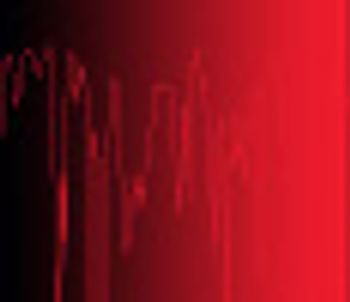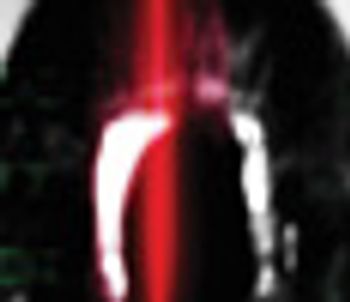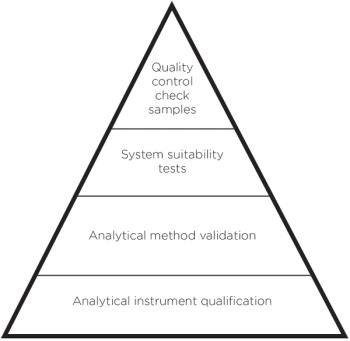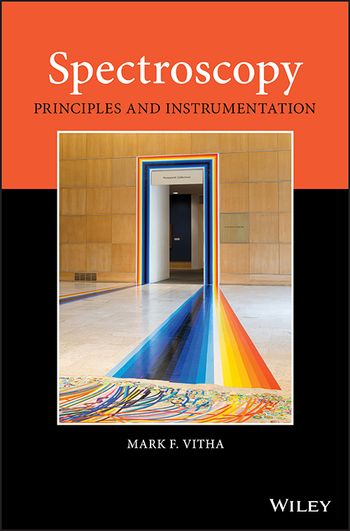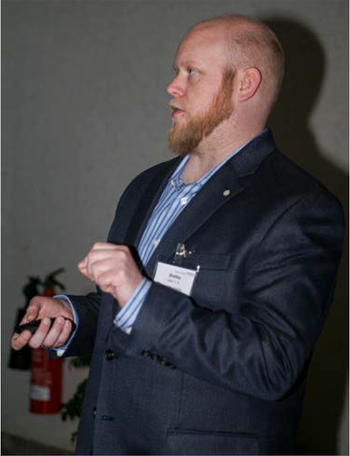
Spectroscopy
This year’s Atomic Spectroscopy award recipient, Jake Shelley, focuses on the development of plasma-based tools for mass spectrometry, which enable rapid and sensitive detection and identification of a broad range of analytes from complex matrices.

